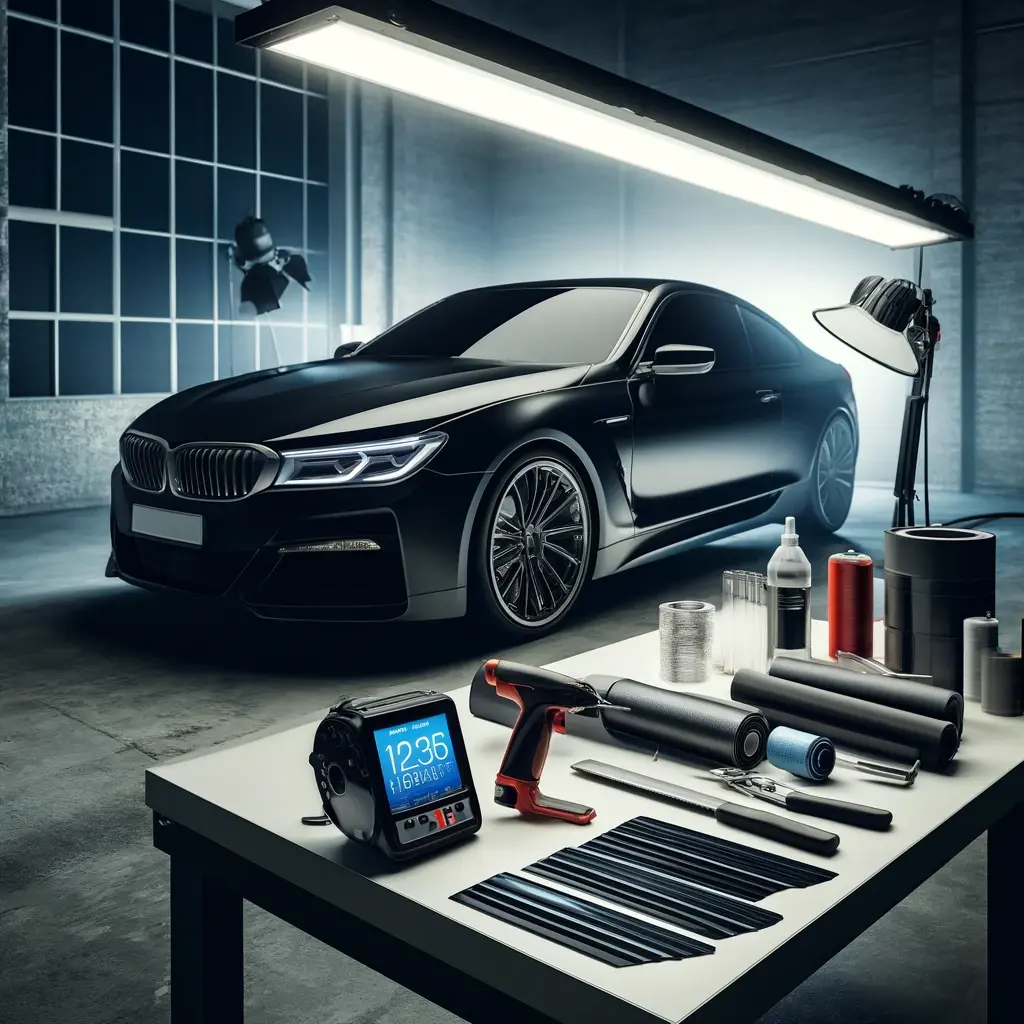The Ultimate Guide to Auto Window Tinting: Technical Specifications You Need to Know

Imagine you’ve just purchased a sleek, new sports car and now you’re considering adding a window tint for both aesthetic appeal and practical reasons such as heat reduction. As you begin this process, you’ll quickly find that there’s more to window tinting than just choosing a shade.
You’ll be confronted with terms like ‘tint percentage,’ ‘UV reflection,’ and a variety of different materials each with their own pros and cons. Now, don’t let this discourage you. Once you’ve grasped these technical specifications, you’ll be able to make an informed decision that suits your needs and ultimately enhances your driving experience.
So buckle up, because we are about to embark on the journey of understanding the intricate world of auto window tinting.
Understanding Tint Percentages
Diving into the world of auto window tinting, it’s crucial for you to grasp the concept of tint percentages, as they fundamentally determine how dark your windows will appear and how much light they’ll block.
Remember, a lower percentage means darker tint. For instance, a 5% tint, commonly known as ‘Limo Tint,’ allows only 5% of light to pass through, offering you maximum privacy and UV protection.
Conversely, a 70% tint is almost transparent, letting in a lot of light and maintaining your car’s original appearance. It’s all about finding a balance that suits your taste and complies with your local laws.
Get acquainted with these percentages, and you’ll be one step closer to making an informed decision on your car’s window tinting.
Auto Tinting Material Types
Now that you’re familiar with tint percentages, let’s explore the different types of auto tinting materials available in the market.
Firstly, there’s dyed window tint, the most affordable option available. However, it doesn’t offer the heat protection like the other types.
Next, you’ve got metallic tint, which reflects heat and UV radiation effectively but may interfere with your car’s electronic systems.
Carbon window tint offers excellent heat reduction and won’t interfere with signals.
Finally, ceramic tint is the crème de la crème, offering superior heat and UV protection, without any electronic interference.
Choosing the right auto tinting material is crucial to your overall satisfaction. Each has its own unique benefits and downsides, so consider your specific needs carefully.